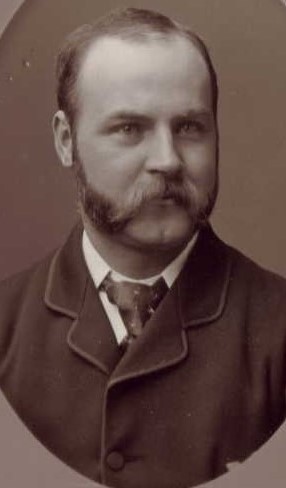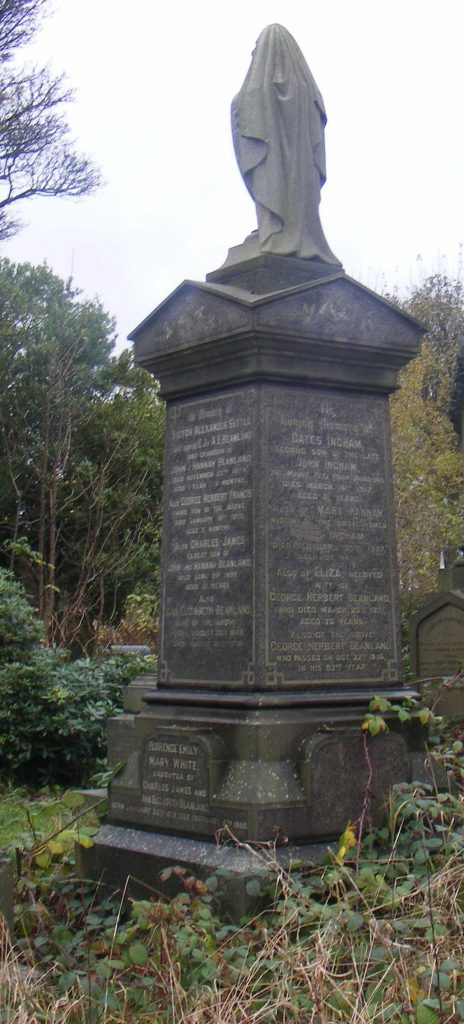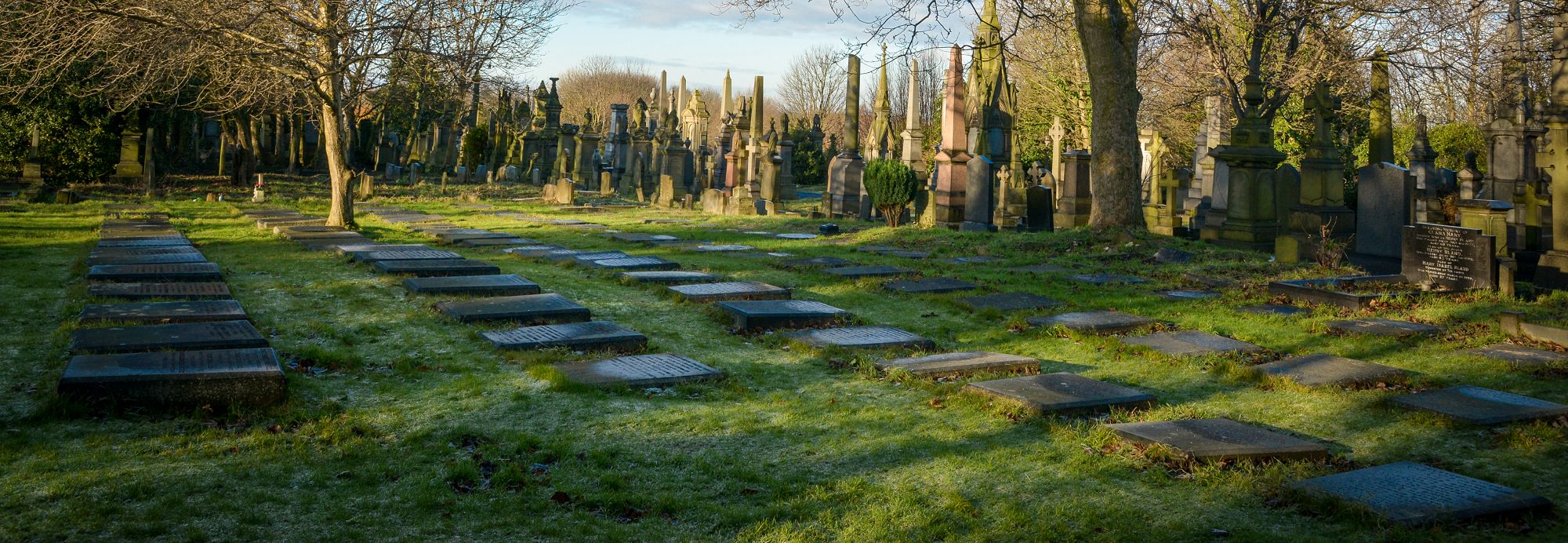Oates Ingham
Oates Ingham 1845-1917
Oates Ingham & Sons Valley Dyeworks, Bradford

In 1836, Oates Ingham (1789-1861) began a small dye works at Range Bank, Halifax. By 1843 the dyeworks had expanded into new premises at North Bridge, Halifax and in 1845 moved to Old Lane, Halifax. By 1851 the dyeing of warps and hank had grown to such an extent that land was bought in Bradford near the Midland railway in Valley Road and on which was laid the foundation of one of the best arranged dye houses of the time. The firm became known as Oates Ingham & Sons, Valley Dyeworks.
In 1845 Oates Ingham was the 8th child born in Halifax to John Ingham and named after his grandfather, Oates Ingham.
On 30 October 1857 Grandfather Oates Ingham and his three sons, John, Edward and Benjamin dissolved their partnership in the firm and John Ingham retained the dyeworks in Halifax and Bradford while the other two brothers started up in Halifax as Ingham Bros. dyers.
In 1861 Grandfather Oates Ingham died aged 72.
In 1862 John Ingham decided to concentrate all his endeavours in his Bradford Valley Dyeworks and he sold the Old Lane dyeworks business in Halifax.
In 1863 Oates, now aged 18, began employment in his father’s business, Oates Ingham & Sons Valley Dyeworks.
During the winter of 1863 Oates founded and became the first captain of the Bradford Football Club which was formed by him and fellow ex-scholars of Bramham College. In the early years, the club played a mixture of association football rules and what would become rugby union laws. Bradford’s first home ground was on Great Horton Road, then home of the Bradford Cricket Club, where they played by permission of the Cricket Club for two winters on the old cricket field. Oates remained captain for 6 seasons until he had to withdraw from the sport in 1869 due to being taken into partnership with his father (who’s health was failing) and his two brothers Ben and John Edward. By 1866 Oates Ingham & Sons employed between 600-700 hands.
During the early 1860’s John Ingham became a Councillor for the Bradford North Ward but in December 1869 he resigned as a councillor due to his ill health and other weighty matters. He died in 1871 leaving much wealth and a profitable business in his Will to his eleven children which led to many years of costly litigation between them and ultimately the bankruptcy of the firm in 1883. The bankruptcy was instituted in order to avoid further litigation, although the firm was profitable and had assets to cover their liabilities.
In 1888 Oates and his brothers transferred the firm to Lingfield Dyeworks on Thornton Road and In 1893 a new limited company, Oates Ingham & Sons Ltd. was formed with £25,000 capital. Oates and his brother William Henry became the two managing directors.
Long before the Dyers Association came into existence meetings had been held to consider the question of wages. The list of rates of pay drawn up by Oates Ingham & Sons for their workers became established as the standard rate of pay for all Bradford dyers.
In 1905 Oates retired but he continued with his lifelong Christian commitments. He worshipped at the Manningham Wesleyan Chapel and took a great interest in the Sunday school and was one of the leaders of the original Y.M.C.A. movement in Bradford. He was a prominent supporter of the Bradford Wesleyan Mission at Eastbrook and of the work of the Bradford Sunday School Union and was the president of the Union in 1902.
Oates had married Mary Hannah Beanland in 1869, the daughter of Mr. John Beanland, who was a prominent building contractor in the city. They had no children of their own but they were both active in the life of the Sunday school and popular with the large number of children who attended.

Oates died on March 14 1917 aged 72 at his home, The Mount, Lister Lane, Bradford and was buried at Undercliffe cemetery. His wife survived him for 10 years and died at her home, The Mount, Bradford on 25 February 1927.
Research by Pauline Shieldhouse 2021

